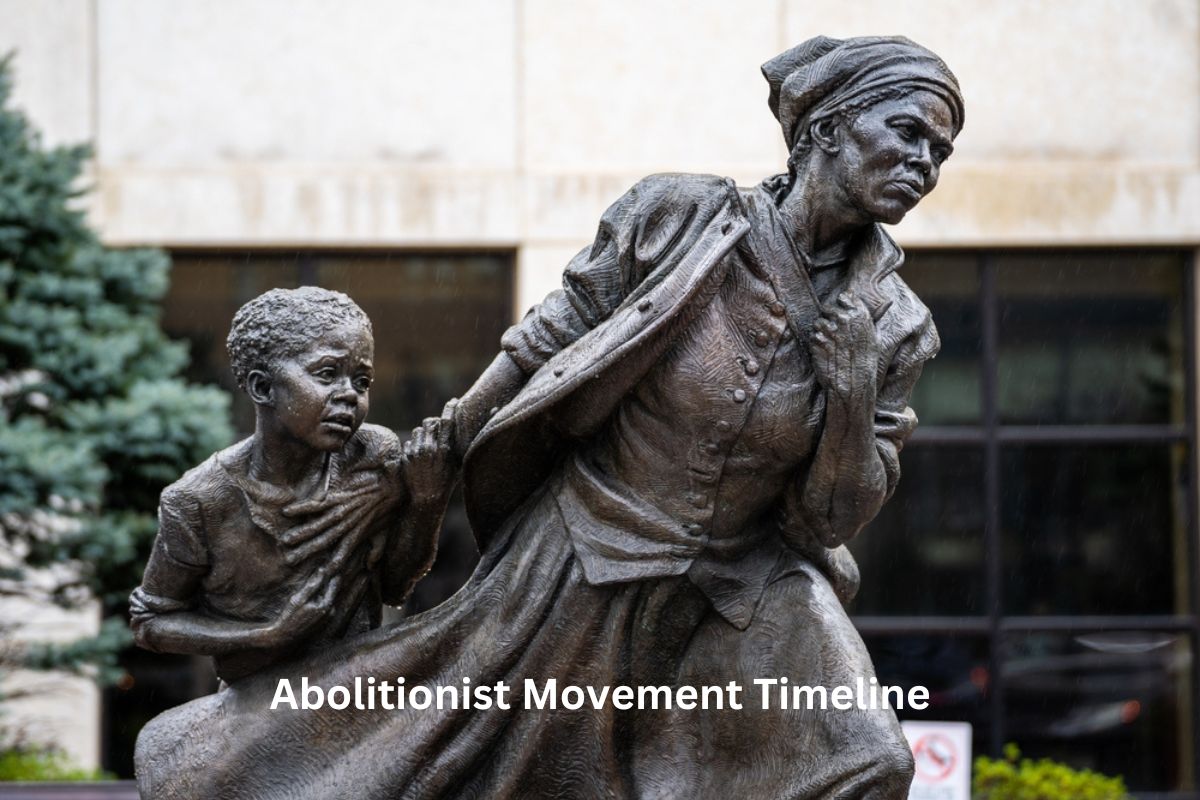The abolitionist movement was a pivotal and determined campaign aimed at eradicating the institution of slavery.
Spanning decades, this movement encompassed a series of events, actions, and individuals who passionately advocated for the liberation of enslaved individuals and the dismantling of systems that upheld their subjugation.
Beginning with legal challenges in the late 18th century and gaining momentum through the 19th century, the movement’s efforts culminated in significant achievements such as the end of the transatlantic slave trade, the American Civil War, and the ratification of constitutional amendments that ultimately abolished slavery.
This movement not only transformed laws and societies but also ignited conversations about human rights, equality, and justice that continue to shape the modern world.
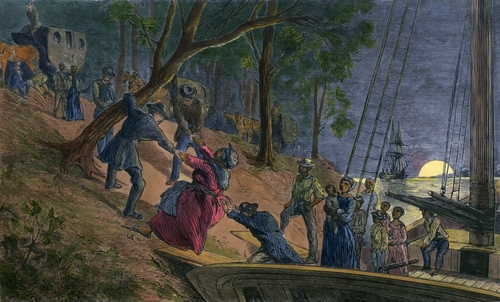
| Year | Event |
|---|---|
| 1772 | Lord Mansfield’s ruling in Somerset v Stewart |
| 1807 | Slave Trade Act of 1807 (UK) |
| 1831 | Nat Turner’s Rebellion |
| 1833 | Slavery Abolition Act (UK) |
| 1840s | Formation of abolitionist societies |
| 1840s | American Anti-Slavery Society founded |
| 1850s | Fugitive Slave Act of 1850 (US) |
| 1852 | Publication of “Uncle Tom’s Cabin” |
| 1854 | Formation of the Republican Party (US) |
| 1857 | Dred Scott v. Sandford Supreme Court decision |
| 1860 | Election of Abraham Lincoln as President (US) |
| 1861-1865 | American Civil War |
| 1862 | Emancipation Proclamation issued (US) |
| 1865 | Ratification of the Thirteenth Amendment (US) |
| Late 19th | Brazil abolishes slavery |
Timeline of the Abolitionist Movement
1772 – Lord Mansfield’s ruling questions legality of slavery (Somerset v Stewart)
In 1772, the landmark legal case of Somerset v Stewart took place in England. Lord Mansfield, the Chief Justice of the Court of King’s Bench, ruled that James Somerset, an enslaved African, could not be forcibly removed from England against his will.
This ruling didn’t explicitly declare slavery illegal in England, but it raised questions about the legality of slavery under English common law. While not a complete victory for the abolitionist cause, this case played a role in challenging the legal foundation of slavery in Britain.
1807 – UK passes Slave Trade Act, making the slave trade illegal
The Slave Trade Act of 1807 was a significant milestone in the abolitionist movement. The United Kingdom passed this act, making the transatlantic slave trade illegal.
The act aimed to halt the transportation of enslaved Africans from Africa to the Americas.
Although slavery itself was not immediately abolished in British colonies, this act marked a crucial step toward ending the international slave trade and reducing the flow of new slaves to the Americas.
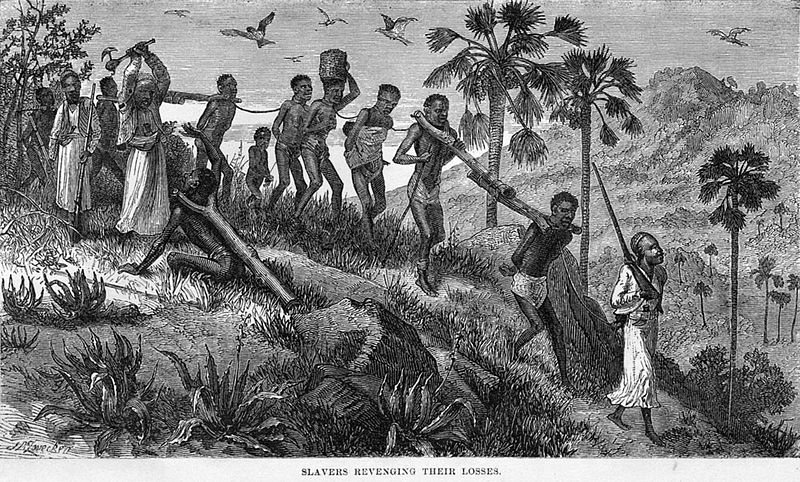
1831 – Nat Turner’s Rebellion sparks anti-slavery sentiment
Nat Turner’s Rebellion, also known as the Southampton Insurrection, was a slave rebellion that occurred in Southampton County, Virginia, in 1831. Nat Turner, an enslaved African American, led a group of slaves in a violent uprising against their white oppressors.
The rebellion resulted in the deaths of around 55 to 65 white individuals. In response, white mobs retaliated with brutal violence against the black population, killing many innocent people.
The rebellion and its aftermath heightened tensions between pro- and anti-slavery factions, leading to stricter control over slaves and reinforcing pro-slavery sentiments in the South.
1833 – UK’s Slavery Abolition Act begins gradual emancipation
The Slavery Abolition Act of 1833 was a pivotal moment in the abolitionist movement, particularly in the United Kingdom. This act marked the beginning of the gradual process of emancipation for slaves in most British colonies.
The act stated that all slaves under the age of six were to be immediately freed, and those older than six would become “apprentices” with eventual full emancipation. The act was met with significant resistance from plantation owners who feared economic losses.
However, over the years, pressure from abolitionists and changing economic circumstances contributed to the eventual complete abolition of slavery in British colonies by the 1830s and 1840s.
1840s – Abolitionist societies form in the UK and US
The 1840s marked a significant period of organizational growth within the abolitionist movement. Abolitionist societies and organizations formed in both the United Kingdom and the United States. These groups were dedicated to promoting the immediate and complete abolition of slavery.
In the United States, one of the most prominent organizations was the American Anti-Slavery Society, founded in 1833. The society, led by figures like William Lloyd Garrison and Frederick Douglass, aimed to raise awareness about the horrors of slavery and gather public support for its eradication.
In the UK, organizations like the Society for Effecting the Abolition of the Slave Trade and the British and Foreign Anti-Slavery Society played crucial roles in pushing for the abolition of slavery.
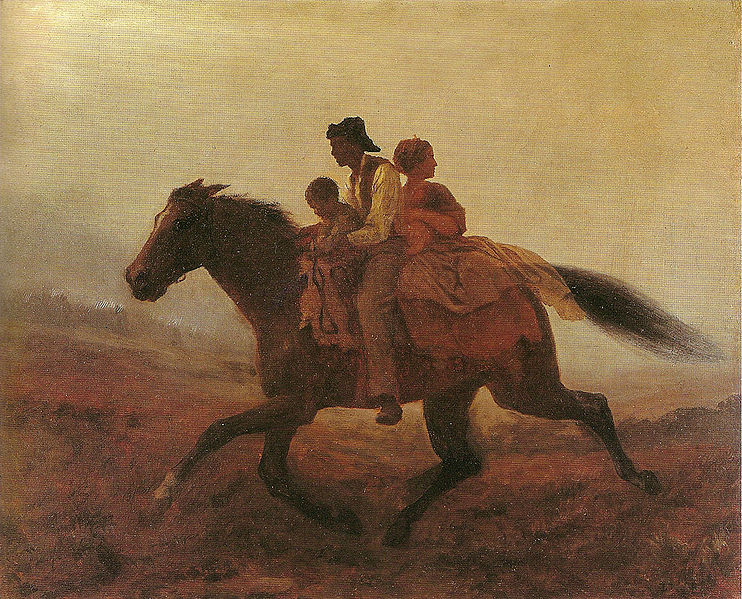
1850s – “Uncle Tom’s Cabin” published, Fugitive Slave Act passed
The 1850s brought both literary and legislative developments to the abolitionist movement. Harriet Beecher Stowe’s novel, “Uncle Tom’s Cabin,” was published in 1852.
This fictional work vividly depicted the cruelty and inhumanity of slavery, reaching a wide audience and stirring public sentiment against the institution. The book’s emotional impact helped sway public opinion and mobilized many individuals to join the abolitionist cause.
In 1850, the United States passed the Fugitive Slave Act, a law that intensified the conflict between pro-slavery and anti-slavery forces.
The act required citizens to assist in the capture of runaway slaves and denied escaped slaves certain legal rights, effectively making it easier for slave owners to reclaim their escaped property. The act angered many in the North and further galvanized the abolitionist movement.
1857 – Dred Scott decision denies rights to enslaved
The Dred Scott v. Sandford Supreme Court decision of 1857 was a significant setback for the abolitionist movement. Dred Scott, an enslaved man, had sued for his freedom on the grounds that he had lived in free territories.
Also Read: Facts About Dred Scott
The Court’s ruling, however, denied his claim, stating that enslaved individuals were considered property, not citizens, and that Congress had no authority to ban slavery in any territory.
This decision had a profound impact on the national conversation about slavery, intensifying tensions between the North and the South and emboldening pro-slavery advocates.
1860 – Abraham Lincoln elected US President
The election of Abraham Lincoln as the 16th President of the United States in 1860 marked a turning point in the abolitionist movement.
Lincoln’s Republican Party opposed the expansion of slavery into new territories, although Lincoln himself was not initially advocating for immediate nationwide abolition.
His election triggered fear among Southern states that their perceived economic and political interests tied to slavery were under threat, ultimately leading to the secession of several Southern states and the onset of the American Civil War.
1861-1865 – American Civil War over slavery and states’ rights
The American Civil War, fought from 1861 to 1865, was a watershed moment for the abolitionist movement. The conflict primarily centered around issues of slavery, states’ rights, and regional differences between the Northern states (Union) and the Southern states (Confederacy).
While the Union initially focused on preserving the Union rather than abolishing slavery, the war’s trajectory shifted as it progressed.
As the war unfolded, President Abraham Lincoln’s motivations evolved, and he came to see the abolition of slavery as a crucial step in ending the conflict and ensuring a lasting union.
1862 – Emancipation Proclamation frees Confederate-held slaves
The Emancipation Proclamation, issued by Lincoln in 1862, declared all slaves in Confederate-held territory to be “forever free” as of January 1, 1863.
While it didn’t immediately free all slaves, the proclamation marked a symbolic and practical shift toward the end of slavery and encouraged enslaved individuals to seek freedom by escaping to Union lines.
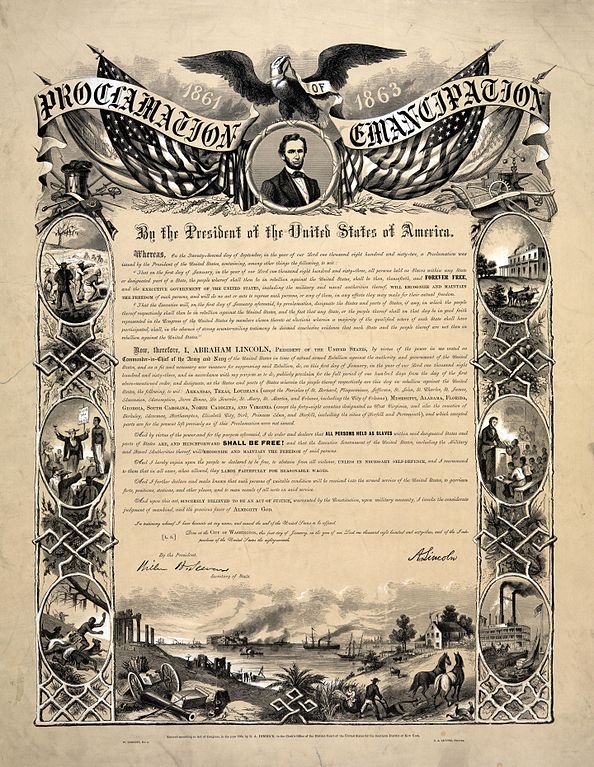
1865 – Thirteenth Amendment abolishes slavery in the US
The Thirteenth Amendment to the United States Constitution was a monumental achievement for the abolitionist movement. Ratified on December 6, 1865, the amendment formally abolished slavery throughout the United States.
It declared that “neither slavery nor involuntary servitude, except as a punishment for crime whereof the party shall have been duly convicted, shall exist within the United States, or any place subject to their jurisdiction.”
This landmark amendment represented the culmination of decades of activism, sacrifice, and struggle by abolitionists and enslaved individuals alike.
Late 19th century – Brazil becomes last American country to abolish slavery
The abolitionist movement’s influence extended beyond the United States. In the late 19th century, Brazil, which had been the last country in the Americas to abolish slavery, took significant steps toward emancipation.
The country had a large enslaved population, and pressures for change had been building for years.
In 1888, Princess Isabel of Brazil signed the Lei Áurea (“Golden Law”), which fully and immediately abolished slavery in Brazil. This event marked the end of legalized slavery in the Western Hemisphere.
The abolitionist movement, through its long-fought battles and significant milestones, played a vital role in reshaping societal norms, challenging oppressive systems, and advancing the cause of human rights and dignity. Its legacy continued to inspire later movements for civil rights and social justice around the world.
